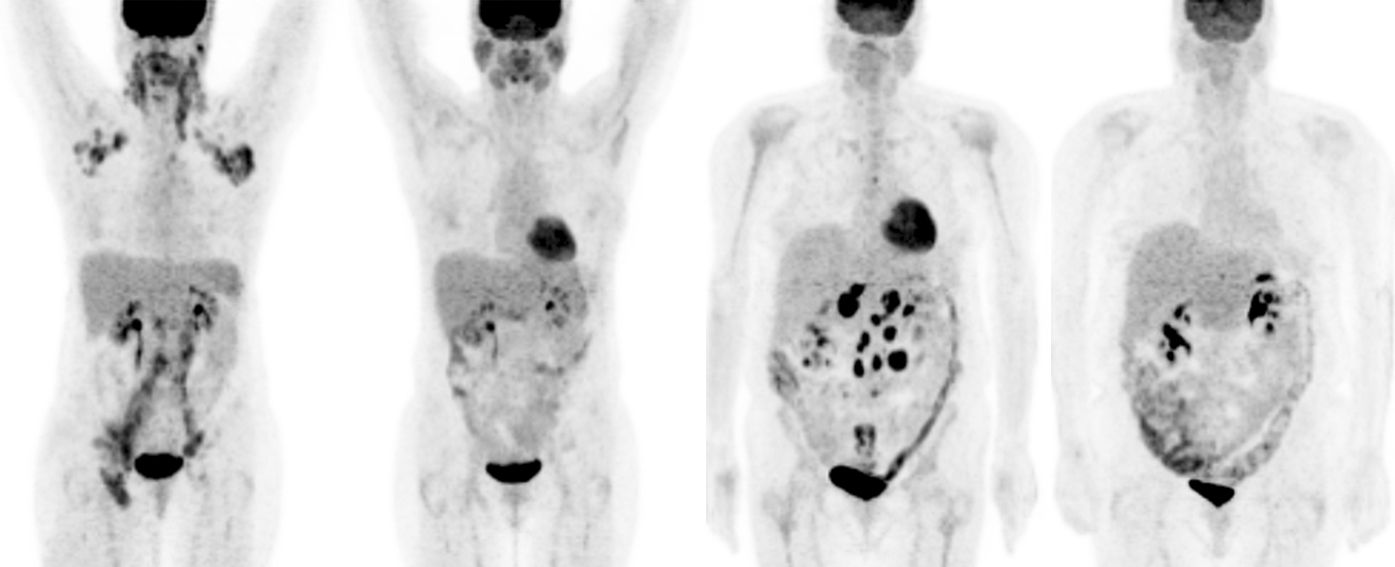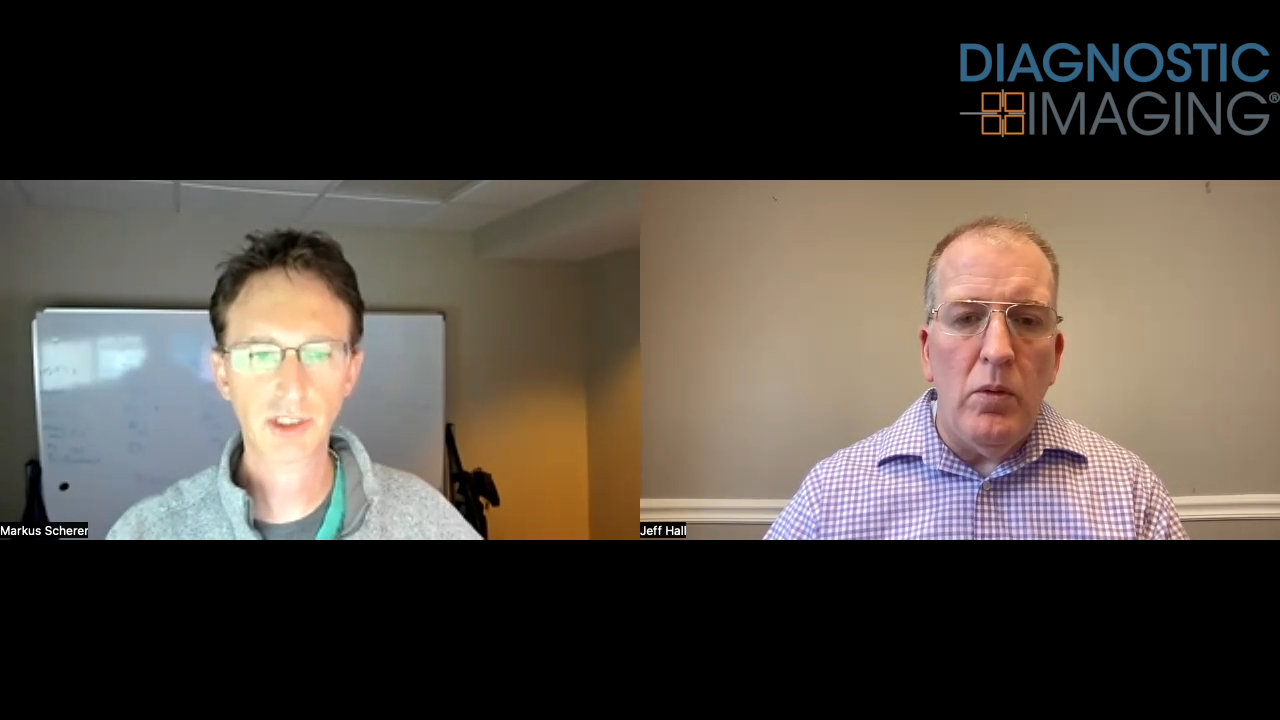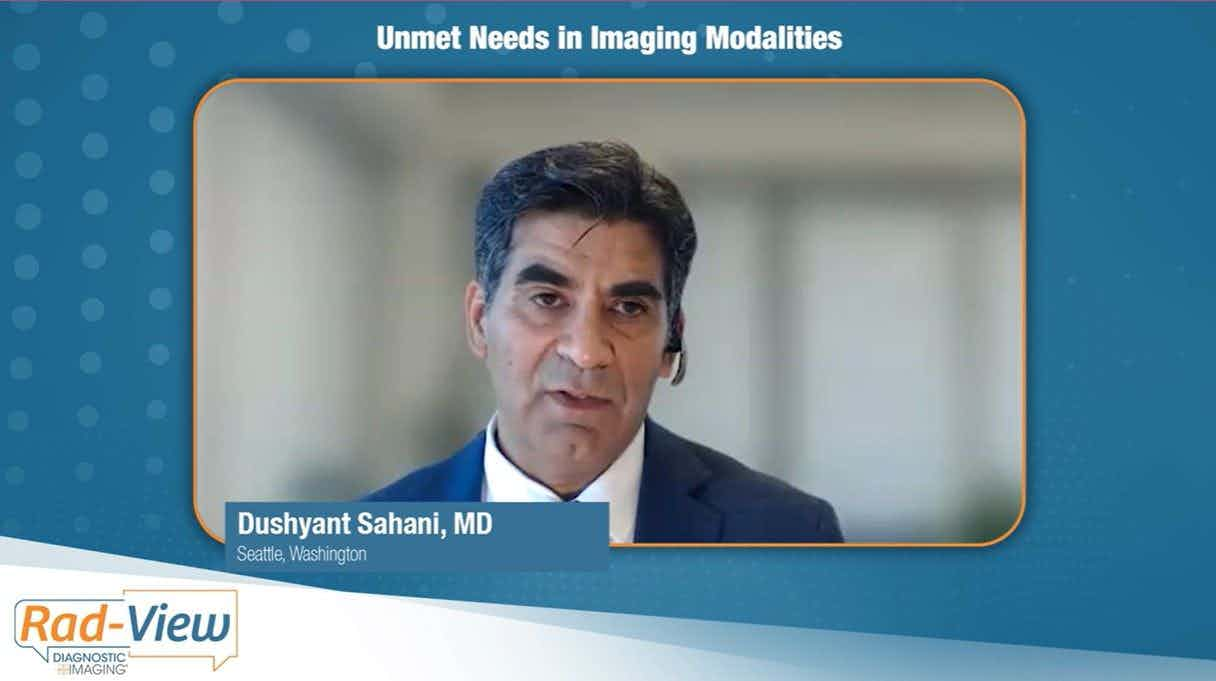SNM: Image of the Year shows radioimmunotherapy’s effectiveness against non-Hodgkin’s lymphoma
A study showing the promising effects of radioimmunotherapy with two different agents for treatment of patients with non-Hodgkin’s lymphoma won the Image of the Year award at the 2009 SNM meeting in Toronto.
A study showing the promising effects of radioimmunotherapy with two different agents for treatment of patients with non-Hodgkin's lymphoma won the Image of the Year award at the 2009 SNM meeting in Toronto. Nuclear physicians were also intrigued about radioimmunotherapy's potential cost-effectiveness.
"The Image of the Year was chosen because it shows how molecular therapy can cure non-Hodgkin's lymphoma and it provides objective evidence that the patient has been cured," said Dr. Henry N. Wagner Jr., a professor of environmental health sciences at Johns Hopkins University and past president of the SNM.
Stanford University investigators assessed 71 patients with relapsed or refractory non-Hodgkin's lymphomas who underwent treatment with either iodine-131 tositumomab (Bexxar, GlaxoSmithKlein, London) or yttrium-90 ibritumomab tiuxetan (Zevalin, Spectrum Pharmaceuticals, Irvine, CA).

2009 SNM Image of the Year shows two sets of before and after FDG-PET scans of two patients with non-Hodgkin's lymphoma treated with Zevalin or Bexxar. Evidence of FDG accumulation is contrasted with no signs of metabolically active NHL. (Provided by SNM)
Twenty-four of 35 patients in the Bexxar group showed treatment response on PET follow-up, as did 28 of 36 treated with Zevalin. Although disease in 19 patients did not show any response or progressed despite the treatment, 27 patients from both groups showed signs of complete response. The study was released at the 2009 SNM meeting.
The image highlights two positive benefits of molecular imaging and nuclear medicine at the same time, Wagner said. PET demonstrates the power of radioimmunotherapy to fight advanced cases of non-Hodgkin's lymphoma. The image also provides evidence of PET's value in determining treatment response and aiding patient management.
Wagner underscored the competitive cost of molecular radiation treatments compared with standard chemotherapy as one of the most powerful implications of the study. A full chemo set costs about a quarter million dollars, whereas radioimmunotherapy costs only half that amount. Future comparative effectiveness research should expand on these findings, Wagner said.
"Our study shows that both of these radioimmunotherapy agents are safe and effective in treating NHL, even for patients with extensive disease," said principal investigator Dr. Andrei H. Iagaru, a clinical instructor of radiology and nuclear medicine at Stanford. "In fact, our study found that as many as 70% of patients had objective responses to the radioimmunotherapy, and about one-third of the patients showed complete responses."
A lingering question is whether patients could have reacted more favorably if they had been allowed to undergo the procedure as a first-line treatment. Since all patients in the study had advanced-stage disease, they might have had stronger responses if they had received radioimmunotherapy treatment earlier, Iagaru said.
"This is the focus of future research projects," he said.
Can Emerging AI Software Offer Detection of CAD on CCTA on Par with Radiologists?
May 14th 2025In a study involving over 1,000 patients who had coronary computed tomography angiography (CCTA) exams, AI software demonstrated a 90 percent AUC for assessments of cases > CAD-RADS 3 and 4A and had a 98 percent NPV for obstructive coronary artery disease.
Study Examines CT-Based AI Detection of Incidental Abdominal Aortic Aneurysms
April 29th 2025The AI software Viz AAA offered a sensitivity of 87.5 percent in detecting abdominal aortic aneurysms on contrast-enhanced CT, according to new retrospective research presented at the American Roentgen Ray Society (ARRS) conference.










